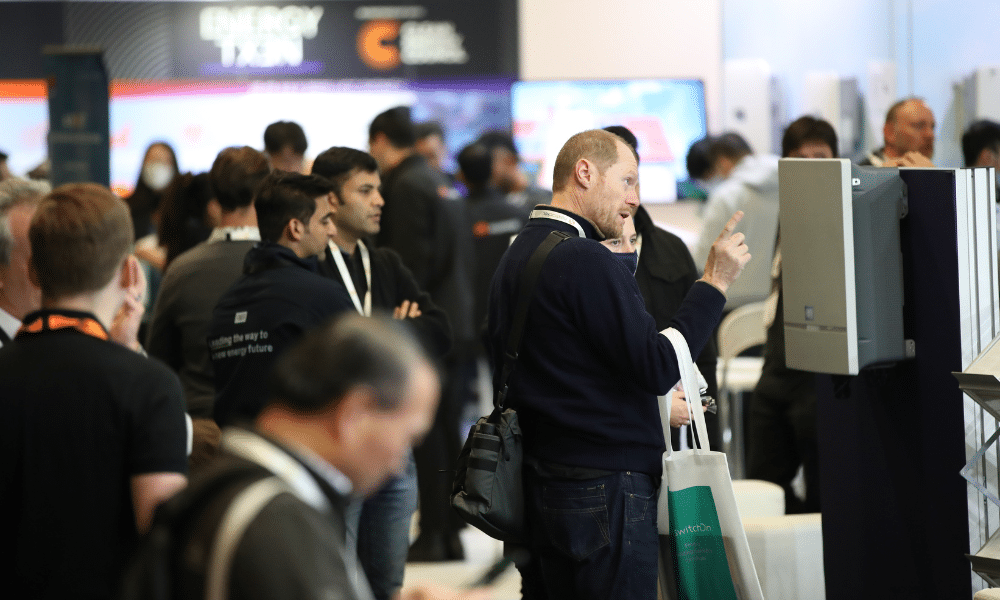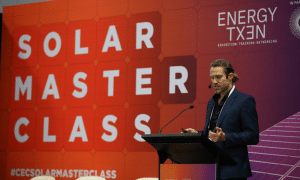As the urgency to achieve clean energy goals intensifies, professionals from the clean energy sector gathered at the Energy Next exhibition in July 2023. The event celebrated an increase in attendees, reflecting the growing importance of sustainability and the bounce back of the events industry. With an energetic show floor, informative Industry Theatre sessions, and countless engaging conversations, Energy Next proved to be a resounding success for the clean energy market in Australia.
In this blog, we will explore the key takeaways from the event and how it plays a crucial role in driving the country towards its ambitious clean energy targets.
The urgent need for collaboration and creative thinking
The central theme of Energy Next 2023 revolved around the urgency to collaborate and think creatively to achieve Net Zero emissions. Many speakers emphasised that the country should have started its efforts towards clean energy goals 30 years ago. Dr Nicole Kuepper-Russell, Deputy CEO of 5B, passionately highlighted the pressing need for rapid decarbonisation and widespread electrification, along with deploying clean energy solutions on an enormous scale.
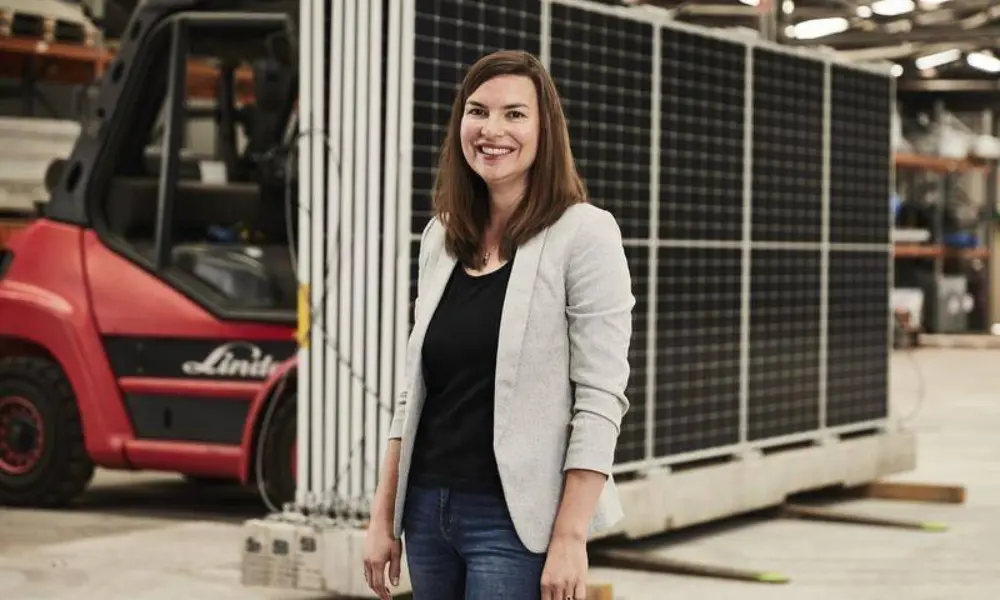
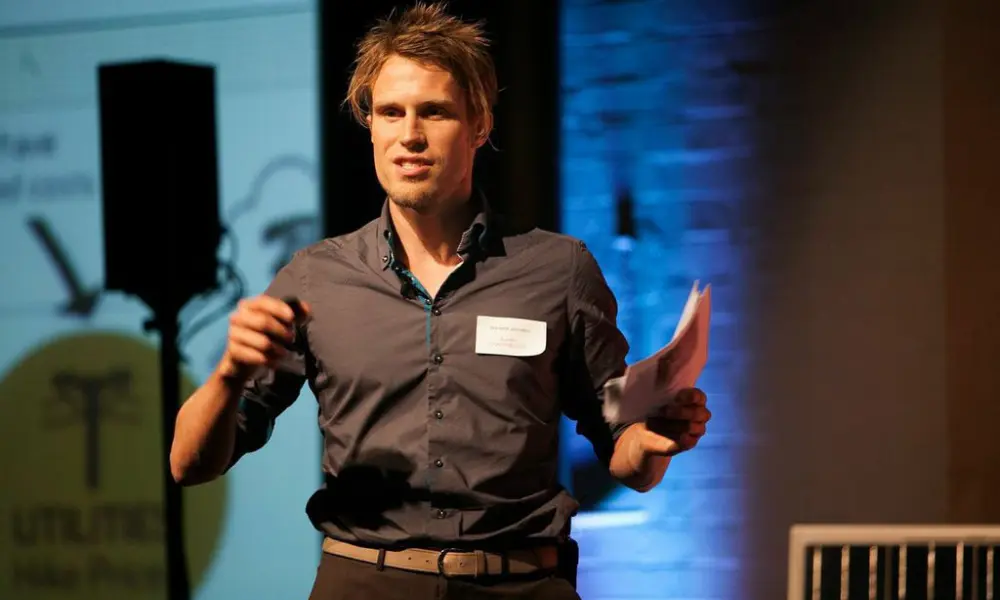
“We need to decarbonise rapidly. We need to electrify everything and deploy at enormous scale, well beyond the industrial revolution.
“The country needs 80 terawatts of power and 60 x more terawatts on the ground by 2030. And there are major challenges. Labour is becoming scarce, with an ageing population. The large-scale solar farms are in highly remote sites. Materials are scarce and land is scarce. So, we urgently need to think creatively about how we achieve these goals.”
Warwick Johnston, Director of Sunwiz, began the educational component of Energy Next. Warwick highlighted the inequity of solar retailer installation – with 12% of businesses installing only one PV system per year. The gap in revenue sharing, along with the shift in the market, calls for diversification of offerings by businesses previously focused on solar PV installation. Warwick explained that a shift in offerings to include EV chargers and similar renewables would also see an uptake in PV sales and installations.
Empowering the Electric Vehicle (EV) market
The event’s education component put a spotlight on the electric vehicle (EV) market, which is becoming an essential aspect of achieving clean energy targets. With only 8% of vehicles being EVs at the time, the industry faces both opportunities and challenges. While the shift towards EVs presents immense possibilities, there is a need for the development of robust infrastructure and ensuring public trust in EVs and charging stations. Government incentives and subsidies were also discussed as crucial in making EVs accessible to all.
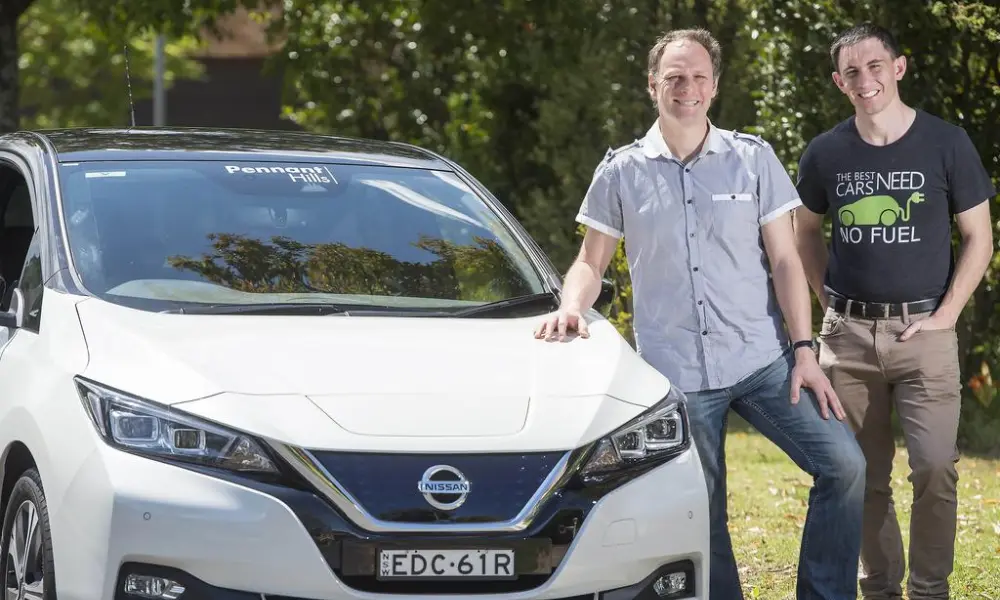
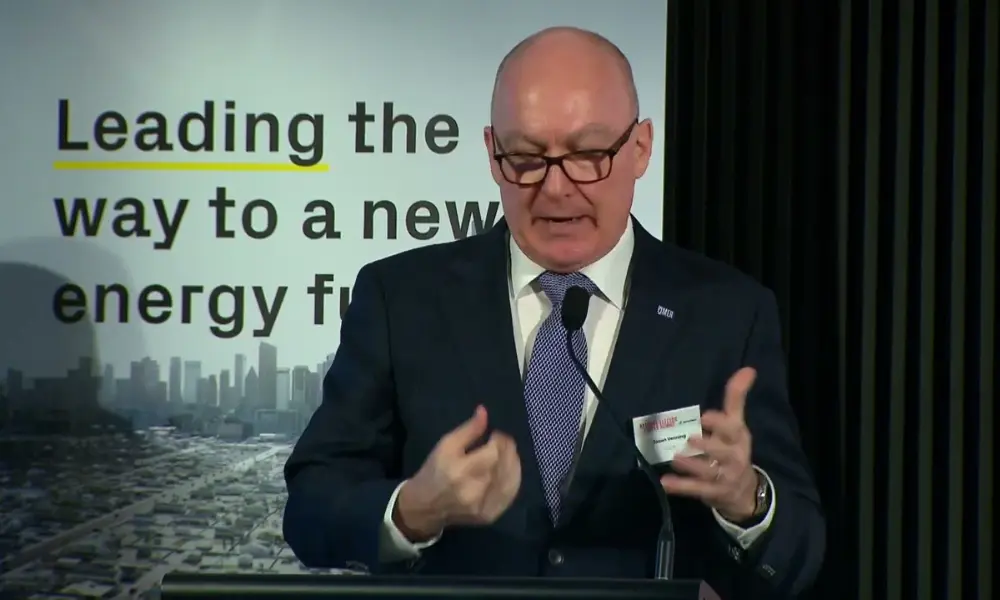
David Malicki, Manager, Program and Market Development – Net Zero, NSW Government said, “There is an inevitable shift to the electrification of vehicles with numbers increasing and propensity to buy increasing. Right now, 8% of vehicles per month are EVs, but this is growing. One of the major challenges is that there aren’t enough EVs coming into the Australian market to meet demand.”
Jason Venning, FIMER Country Manager – Australia and New Zealand, highlighted the challenge of affordability. “EVs are still expensive and so the industry needs government incentives to ensure that everyone gets fair and equal access to be able to own an EV.”
Addressing grid stability and load management
As the adoption of EVs and clean energy technologies increases, concerns about grid stability and load management emerge. Panel discussions highlighted the importance of virtual power plants, which can share energy between different sources and bring stability to the grid. Collaboration between stakeholders in the industry is essential to maintain the network’s integrity as new technologies are integrated.
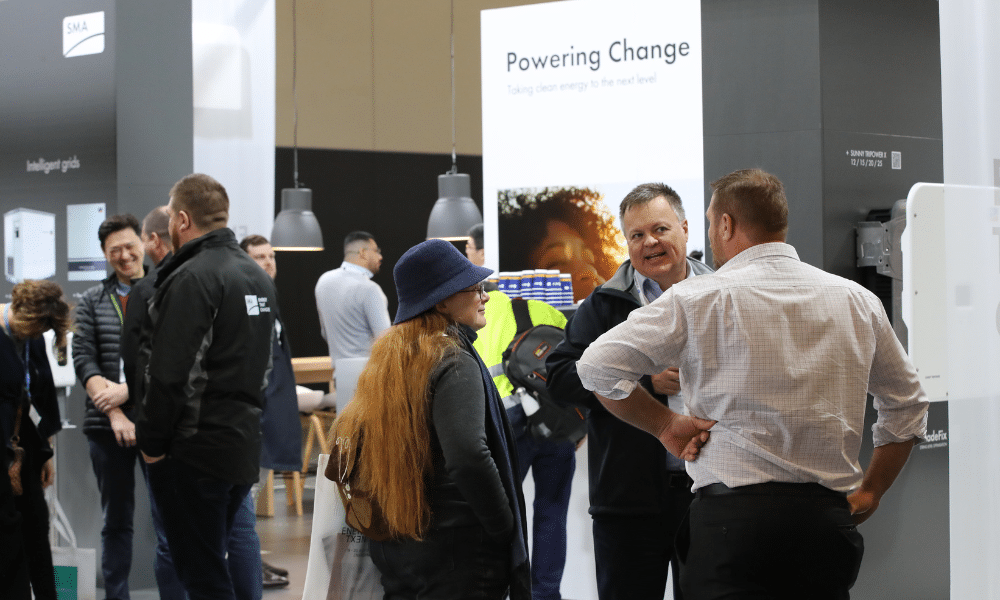
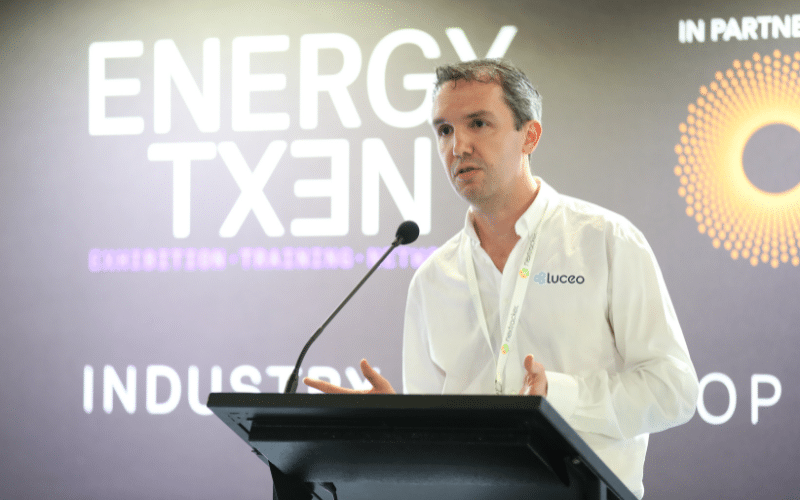
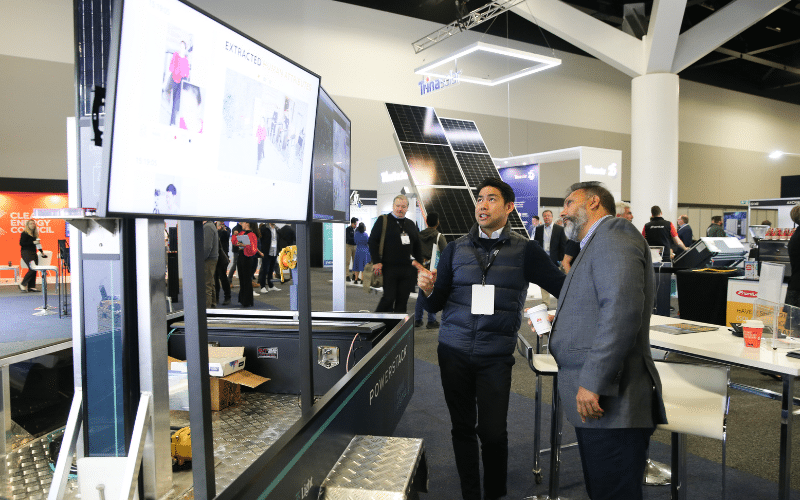

Rosemary Tan, Managing Director, I-Charge Solutions said about the challenges, “The major challenges are around public trust in the vehicles and the charging stations. The public needs to know that there is a working infrastructure and then the industry needs to understand the data and plan for load management so that we don’t have system outages.”
Brett Milne, Managing Director and Founder of Karit, said “Networks are under a lot of stress as we keep adding new things in and, to be honest, it will crumble if we don’t work together to maintain this.”
Milne identifies virtual power plants as a way of taking the load off the network, “There are a lot of different definitions of a virtual power plant but one of the main benefits is the ability to share from one side to another. We are seeing this being used on quite a large scale, with factories, wineries and residential dwellings connecting and sharing. These power plants bring stability and the ability to timeshift energy, amongst a number of other benefits.”
Overcoming funding challenges
Throughout the Energy Next exhibition, funding challenges were a recurring topic. To scale up clean energy projects rapidly, access to financial backing is crucial. The government’s role in providing subsidies for EVs and green technology projects was emphasised as an essential catalyst for achieving clean energy goals. Several opportunities for innovative energy storage technologies, such as gravity storage in disused mine shafts which, discussed by Mark Swinnerton, CEO of Green Gravity, were also explored during the event.
The ‘Long Duration Energy Storage Technologies and Development’ and the ‘Insights on How NSW Industry is Leading the Clean Energy Revolution’ panels explored and discussed the need for financial backing to scale up projects quickly.
Harnessing data and intelligent systems
To prepare for the growing pressures on the grid and ensure energy efficiency, leveraging energy data and intelligent systems is vital. The Clean Energy Council’s Solar Masterclass sessions focused on compliance, maintenance, safety, best practices, EV installations, and the introduction to microgrids. These informative sessions provided installers and PV professionals with valuable insights to enhance their expertise.
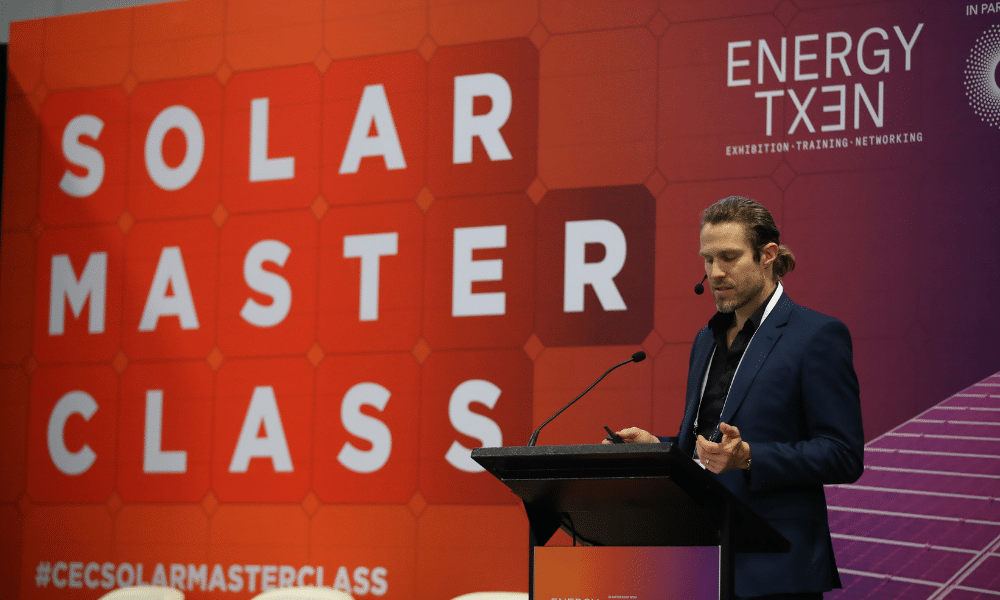
Gary Edgar, Technical Services SME, Clean Energy Council, said, “The Solar Masterclass sessions provide a great platform to engage installers on industry requirements. Energy Next provides a good base for products and new technologies for consumers to consider and has been a great place for CEC to connect with the industry.”
Energy Next 2023 was a remarkable success, bringing together clean energy professionals, experts, and enthusiasts to collectively work towards Australia’s clean energy goals. The event highlighted the importance of collaboration, creativity, and financial backing to drive the transition to a sustainable energy future. As attendees and exhibitors united in their vision for a cleaner and greener Australia, Energy Next proved to be a critical catalyst in accelerating the country’s clean energy transformation. With continued efforts and dedication, Australia can strive towards a greener, more sustainable future for generations to come.
To receive updates from Energy Next go to https://www.energynext.com.au/en-gb/subscribe.html and subscribe for updates.












